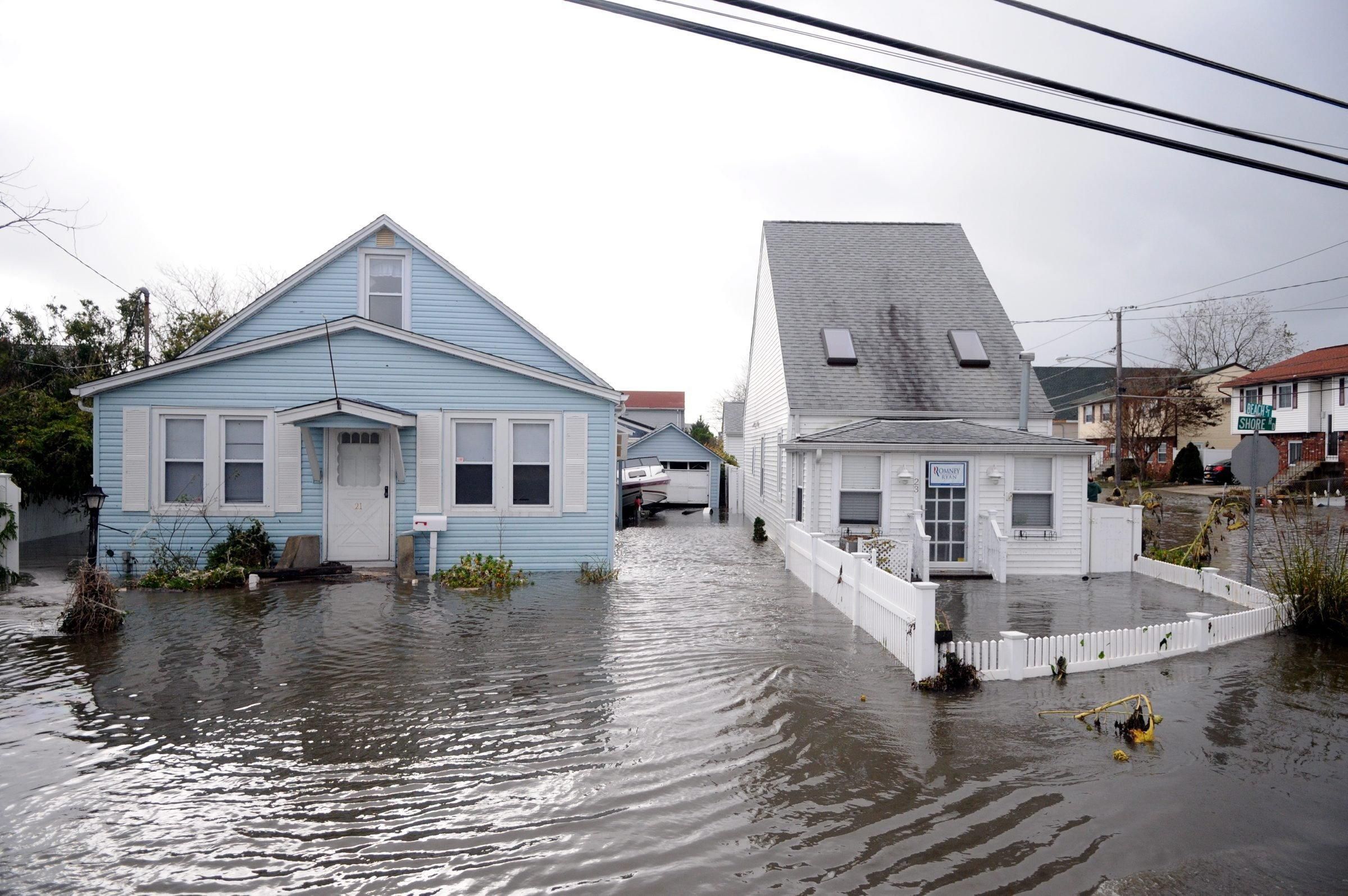Join the discussion on Long Island's stormy future

Together we can find solutions to Long Island's challenges. Watch our documentary above exploring the environmental threats facing Long Island and how the region can best respond.
Long Island's shorelines are changing as stronger storms inundate the region.
Projections from the National Oceanic and Atmospheric Administration and the New York State Energy Research and Development Authority show a dramatically different Long Island by 2050, even more so by the end of the century, with hundred of thousands of homes and buildings potentially at risk.
Tell us
The problem

Newsday's special report, Paying the price: Long Island's stormy future, details how rising sea levels and more powerful storms will cause chronic flooding and drive higher costs. Already, the region is seeing higher insurance premiums as the changing climate increases the risk to and cost of property damage.
It is a starting point for the urgent discussions that are needed and nextLI is where you can add your voice to this conversation. See what Long Islanders are sharing here.

Finding solutions
Controversy over what to do has been brewing for at least a quarter-century. In 2012, Superstorm Sandy ravaged much of Long Island’s coastline, destroying 100,000 homes and structures, and costing hundreds of millions in damages. Some experts say rising tides could cause parts of Jones Beach to disappear by 2050, and by 2080 Montauk could become a separate island. Read more from those fighting climate changes on LI here.

Fire Island Superintendent Alexcy Romero at the Fire Island Lighthouse. Credit: Jeffrey Basinger

Citizens Campaign for the Environment director Adrienne Esposito on a Fire Island boardwalk. Credit: Jeffrey Basinger
nextLI is convening a panel of experts to discuss the environmental, scientific, financial and public policy implications raised by our stormy future. Submit your questions for the panelists. Together we can find solutions to Long Island's challenges.
Videography and Photography by Jeffrey Basinger. Reporting by Thomas Maier. Production by Amanda Fiscina-Wells, Karthika Namboothiri, Christine Wallen. Edited by Rita Ciolli.
